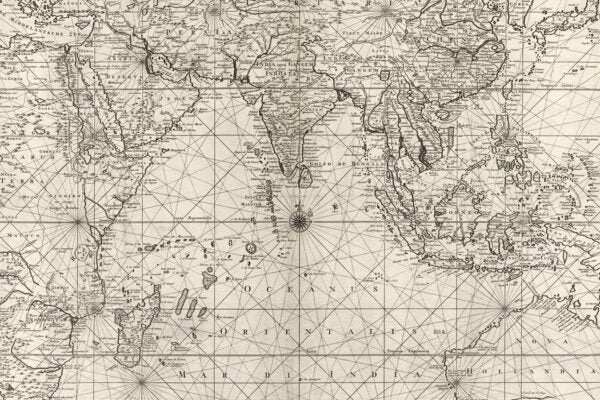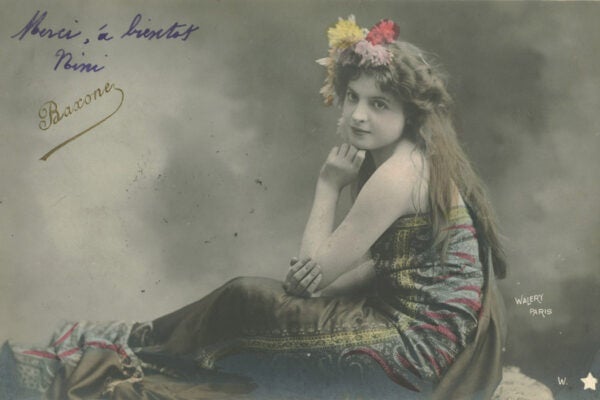John F. Kennedy was born 100 years ago this year. While he lived Kennedy was a bona fide celebrity; as good looking, youthful, and wealthy as any Hollywood actor, he seemed to embody the promise of the American Dream. In death, Kennedy became just as big a myth as those he regularly invoked in his famous rhetoric.
His election promised adventure and progress as he invited Americans to join him as pioneers on the edge of a New Frontier. The shocking suddenness and violence of his death appeared to lay waste to all those dreams. The ensuing birth of the Camelot mythology brought with it the sense that a huge potential had been thwarted. However, Kennedy left behind a political legacy, as well as one of grace and style. Although Jackie Kennedy insisted his era was irrevocably lost, out of Kennedy’s death grew a legend, one that would be used by later politicians to rally people around their agendas.
The evocation of the Kennedy legacy as a political tool began immediately after the president’s death. President Johnson, addressing a joint session of Congress two days after the funeral, relayed his desire to continue Kennedy’s work. “Now,” he stated, “the ideas and ideals which he so nobly represented must and will be translated into effective action.” Johnson was specific, calling on Congress to pass Kennedy’s civil rights and tax bills. The fledgling president claimed that to pass the former especially would be the greatest tribute to Kennedy’s memory. Johnson repeatedly evoked Kennedy’s memory, immortalized in the “minds and memories of mankind,” as a reminder not just of what had been lost, but of what could be achieved in his name.

When Congress passed the Civil Rights Act in July 1964, Johnson once again memorialized Kennedy, the result of which, the historian Herbert S. Parmet suggests, was that Kennedy became “the apostle of racial and religious equality, compassion toward the underprivileged, and a champion of democracy.” Johnson banked on this image, recognizing the power the Kennedy myth had to inspire the still-mourning public, and to lend his own vision, at least initially, a little of the idealistic radiance of the New Frontier.
Johnson’s alignment of Kennedy’s legacy with such sweeping and monumental legislation contributed to the potent image of Kennedy as a progressive liberal. The historical reassessment that came in the following years showed this to be somewhat inaccurate. His penchant for pragmatism, his reluctance to tackle civil rights for fear of alienating white southern voters, and his essentially conservative fiscal values showed the Kennedy presidency to be one of caution and gradual reform. Speechwriter Theodore Sorensen told Newsweek in 1983 that Kennedy had “never identified himself as a liberal; it was only after his death that they began to claim him as one of them.”
Indeed, Kennedy had often been referred to as a conservative Democrat early in his political career. But if it was difficult to pin down Kennedy’s ideological beliefs during his life, it’s even harder after his death. Historian Arthur Schlesinger Jr. reported that Kennedy once remarked that the categories of liberalism and conservatism no longer applied. This is what Parmet refers to as Kennedy’s “disavowal of ideological rigidity.” It created a legacy that could be co-opted by either major party.
Reagan invoked Kennedy to justify tax cuts, much to the chagrin of many Democrats. In a budget speech to the nation in 1985, Reagan lamented the amount of spending, suggesting that things had deteriorated in comparison to the Eisenhower and Kennedy years. “During those Kennedy years,” he stated, “there was a tax cut proposed similar to our cut.” Despite the fact that the tax cut actually was implemented by Johnson, Reagan attributed it directly to Kennedy as a way of legitimizing his own proposal. The evocation of history serves to reassure people that what may seem like uncharted territory has been managed before. Toward the end of the speech, Reagan urged Americans to “remember the words of young Jack Kennedy:” “ask not what your country can do for you—ask what you can do for your country.”
In a 2004 article for Slate, David Greenberg suggested that it was with Reagan that republicans began forcefully invoking Kennedy’s name to portray tax cuts as “part of a grand bipartisan tradition.” Younger Democrats, who experienced their political awakening during the Kennedy era, were shaken by Reagan’s win into believing they needed to take a more centrist approach. A new kind of Democrat emerged, more independent of the party’s historical association with New Deal liberalism: politicians like Michael Dukakis and Gary Hart—Parmet refers to as “Kennedy’s children.” (Others referred to them as neoliberals.) When Randall Rothenberg brought the term to widespread use in a 1982 article for Esquire, he stated that these Democrats had “consciously modeled their political presence on JFK’s vision.” Hart and Dukakis could not make it to the Oval Office, but Bill Clinton’s election saw a Democrat of this new centrist mold rise to power.
By now the idea of Kennedy as a progressive liberal had been dismantled enough that Clinton could co-opt him to promote his Third Way. Clinton’s campaign literature contained a photo of him, age sixteen, meeting President Kennedy in the Rose Garden. Al Gore was also explicit in his allusions, announcing in his 1992 acceptance speech that “the time has come again, the time for a new generation of leadership,” echoing Kennedy’s 1960 campaign slogan word for word.
When Clinton accepted his nomination, he named his vision the New Covenant: an agreement between the people and government centered “not simply on what each of us can take, but what all of us must give to our nation.” Echoes of “Ask Not” indeed. Clinton continued to refer to Kennedy regularly, even polishing up the mythology by comparing his legacy to that of the Irish warrior Cú Chulainn in a speech at the dedication of the Kennedy library.
Barack Obama barely had to make his own Kennedy allusions, so eager were other people to make those comparisons on his behalf. The election of America’s first black president was to be the fulfillment of a vision set in motion by Kennedy and predicted by his brother Robert. This was to be a Black Camelot.
Senator Obama understood the sheer power of image. For some, that image was one of “Jack Kennedy and Martin Luther King morphing into a single leader, a vessel for the deferred dreams of Democrats.” In his 2008 acceptance speech, Obama urged Democrats to “recover what John F. Kennedy called our ‘intellectual and moral strength.’” He continued, “We are the party of Roosevelt. We are the party of Kennedy… We are here to restore that legacy.”
What Obama’s presidency has in common with Kennedy’s is the image of a much stronger liberalism than may be found upon closer examination. If the glow of the Kennedy years endures partly because it lay between the humdrum of the Eisenhower years and the turmoil of the Johnson-Nixon years, the Obama years may retain a rose-tinted hue for being situated between Bush and Trump, a glow borrowed from the persistent glamour of the Kennedy image.

Donald Trump’s slogan may be borrowed from Reagan, his relationship with the press more volatile than Nixon’s, but it’s the Kennedy playbook that Trump often seems to consult in attempting to shape at the very least the appearance of his presidency. Some have balked at the Kennedy comparison, conceding only the golfing, nepotism, and suspicions of a stolen presidency, preferring allusions to Nixon instead. But the Kennedy evocations gained a visual element at Trump’s inauguration. Dressed in powder-blue with long gloves, to many publications and casual observers Melania Trump struck a resemblance to Jackie.
John F. Kennedy was elected at the height of the Cold War, using his concerns about a “missile gap” to urge the nation out of its slumber. The United States was going to be a beacon of democracy and squash the threat of Communism. Trump too used his inauguration speech to rally Americans around a crisis (“American carnage”), but he also set his frontier in a similar place to Kennedy’s, being the first president in 30 years to mention space in an inaugural address.
Weekly Newsletter
At the ceremony for the executive order reinstating the National Space Council, Trump remarked, “We’re a nation of pioneers, and the next great American frontier is space.” Historian Douglas Brinkley, who had discussed Kennedy’s moon-shot with President Trump, told the Washington Post in January that Trump “reflected on how the Apollo program brought the country together.” Trump understands, wrote Joel Achenbach, the author of the Post article, “the power of a big idea.”
Ultimately, that is what the Camelot mythology is: a big idea, a legacy of iconography and shifting ideology. This is why its evocative power endures. Recent events have demonstrated the role nostalgia continues to play in Western political culture. Politicians continue to allude to the myth despite its instability because Kennedy’s era is still remembered as a better time, an Eden snatched away. Recalling it appeals to a desire in the American popular psyche for the restoration of a better age, a time when America was “great” and united. Embracing the Camelot myth was the last thing ordinary Americans seemed to do together.







